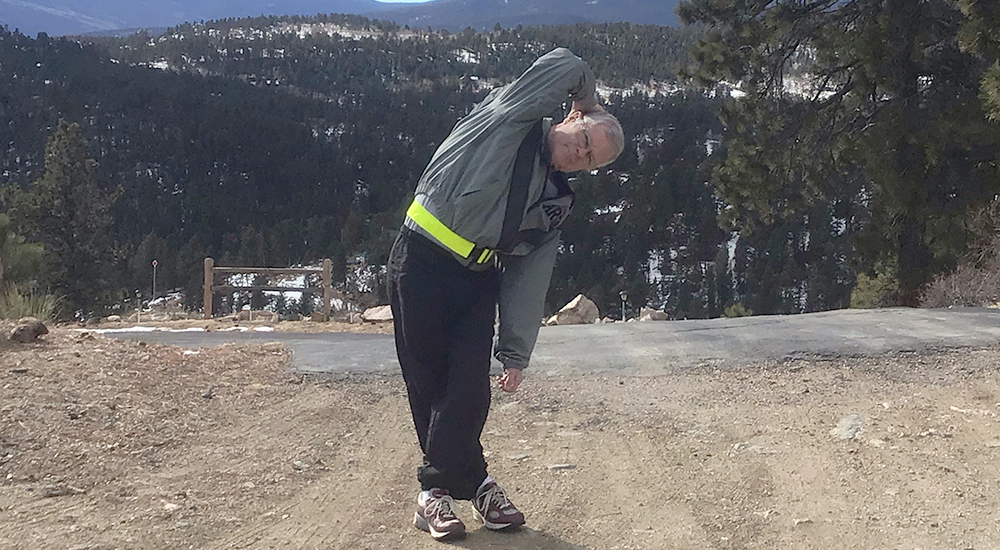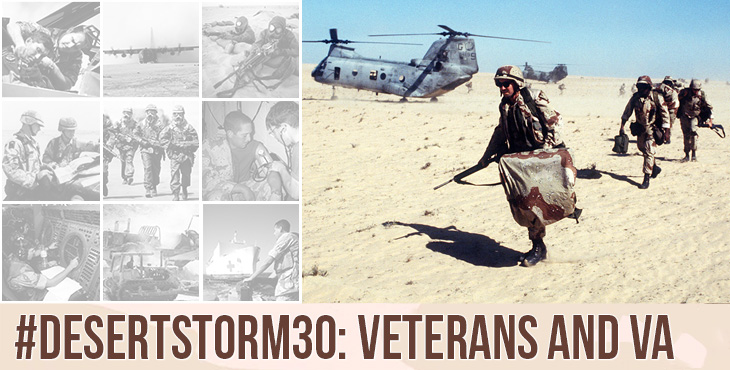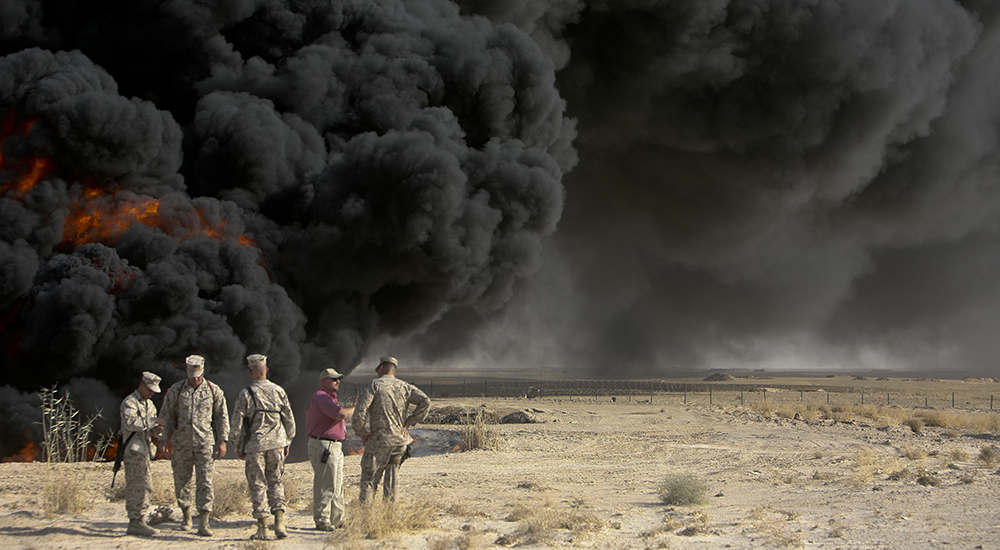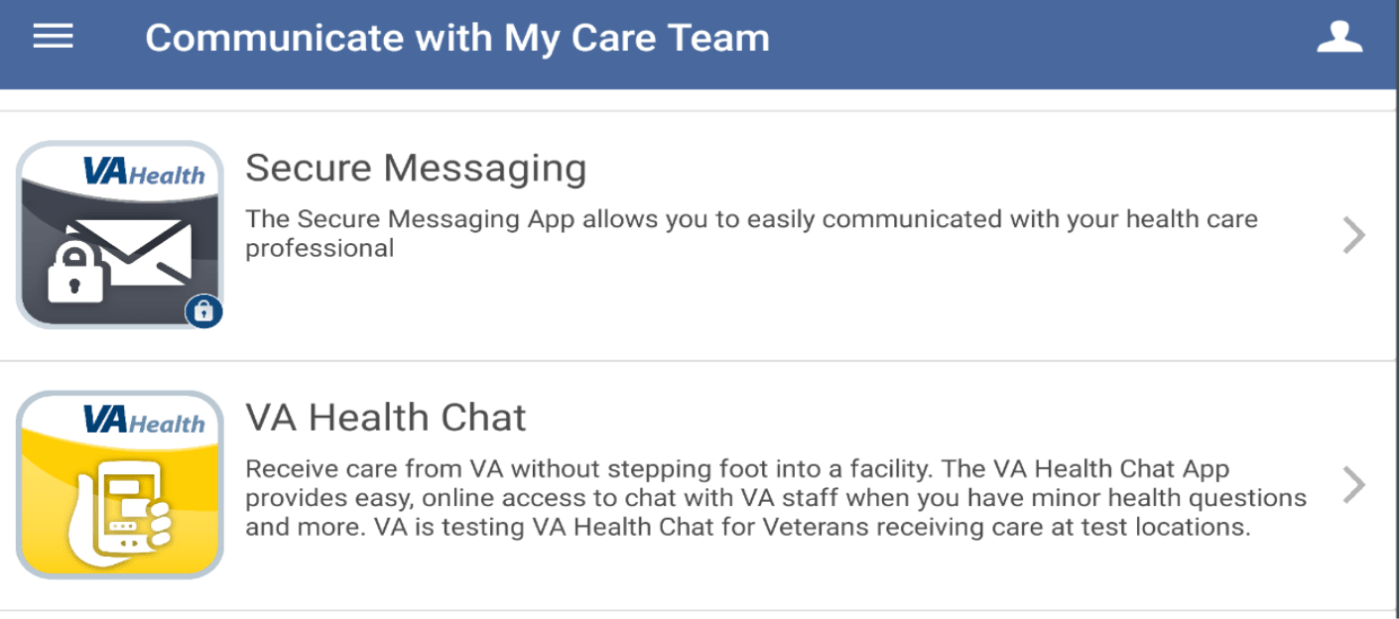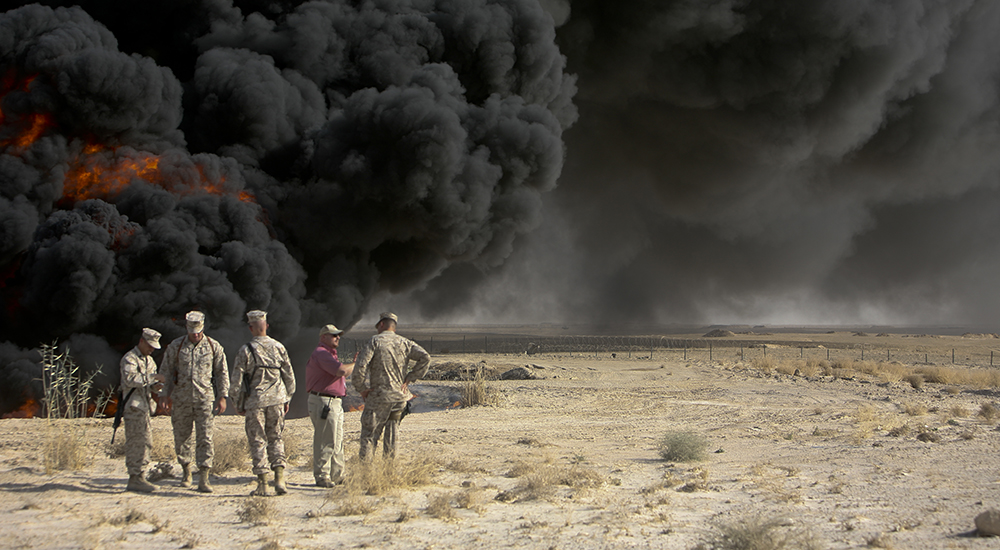Real life Veteran stories about how participating in the Airborne Hazards and Open Burn Pit Registry and Gulf War Registry positively impacted their health and probably saved their lives.
Veterans who served in Iraq, Afghanistan or other areas of Southwest Asia may have been exposed to airborne hazards like burn pits. Here’s how to proactively monitor your health and help other Veterans.
Desert Storm was a short war, but Veterans from that era still have many different avenues and programs to connect with VA.
Nearly 700,000 men and women served in the Persian Gulf during Operation Desert Shield and Operation Desert Storm in the early 1990s. Now, three decades later, as many as a third of that population are affected by a cluster of medically unexplained chronic symptoms that have plagued them following their return from deployment. The symptoms can include fatigue, headaches, joint pain, indigestion, bowel discomfort, insomnia, dizziness, respiratory disorders, skin problems, and memory impairment. VA clinicians and researchers often call this condition "Gulf War illness” in the medical literature.
Bill Watts earned awards during his tours of duty which included service as a Gulf War combat Veteran. Today his award is the one he receives as an advocate helping his fellow Gulf War Veterans.
VA recently established the Airborne Hazards and Burn Pits Center of Excellence (AHBPCE) as part of its ongoing efforts to improve health care for Veterans.
Here’s an easy explanation of how scientific health research works and why it is so important for Veterans to sign up for the Burn Pit Registry and help improve the care of your fellow Veterans.
Make appointments, lose weight, send secure messages, download your VA care history -- all from your phone with the new VA Launchpad mobile app.
Videos that explain it all. Videos that help you get healthier, live longer and learn what we can do for you. Add VHA’s YouTube to your favorites – your go-to visual library for all VHA services.
Researchers may have found a possible link between blast exposure during military service and difficulty breathing and-or decreased exercise stamina among Burn Pit Registry participants.

